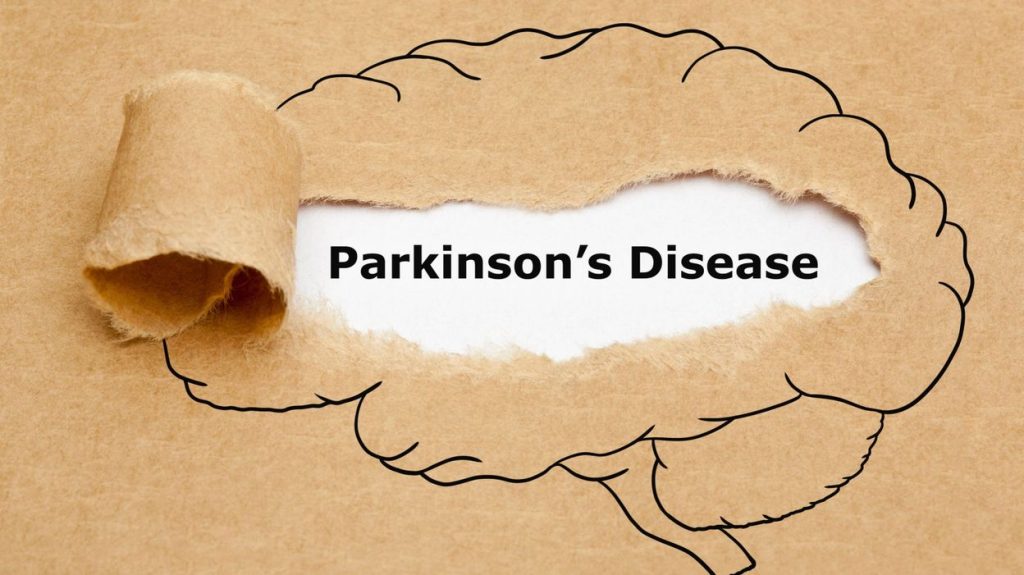This discovery is fascinating micromechanics at the level of our cells. The issue occurs at the point where beautiful internal engines turn their fuel, sugar, into energy: sugar metabolism. What is its relationship to Parkinson’s disease? Patience, you’ll see, it’s exciting.
There was this gene, which everyone was talking about on a scientific level, and which, when disabled, was responsible for certain forms of Parkinson’s disease. Everyone was talking about it, but how was it done? Almost everyone had their own interpretation. Which is why Professor Guido Bommer, head of the research team at the Dove Institute (UCLouvain), says with humor that this gene called PARK7 has already seen all sorts of things.
According to the publications, PARK7 has done everything in life, except for making coffee in the morning
On microscopic examination, Parkinson’s disease is characterized by the loss of neurons in an area located at the top of the brainstem, called the substantia nigra. But why do these neurons die? “Parkinson’s disease is very mysterious“, eProfessor Guido Bommer, who conducted the research at the Dove Institute (UCLouvain), explains. “Because we have no idea why it develops in most patients. There are very few cases associated with changes in our genome. One of these changes is related to a gene called PARK7.“
read more
About this mysterious gene, “on was not happy with what was not understoodProfessor Boomer continues. “When we started our research, there were already 1,500 publications about this gene, but we found almost all the functions we could imagine in PARK7.Except for the coffee machine, I’ve already read the joke.
►►► Read also: Parkinson’s: Movement as a treatment for this incurable disorder
The team was frustrated by the lack of understanding, and told themselves that it wasn’t possible. It was necessary to learn more about the enigmatic role of PARK7. “We told ourselves, we should be simpler. Look for changes in the tiny molecules in our cells“.
This is how the research team from the Dove Institute (UCLouvain) found damage at the level of metabolites and small compounds needed to bind the nutrients we ingest and the energy absorbed into our cells.
A guardian has been found to prevent damage caused by sugar metabolism
Our brain needs sugar. Consume 150 grams per day. Without sugar metabolism, the brain would not function. Evolution has found a way to prevent this metabolism from causing damage, thanks to PARK7, the guardian.
PARK7, THE FIREMAN
This enzyme, which all living things possess, can destroy this reactive compound and prevent damage. It’s a bit like putting out the fire of sugar metabolism. The research team was able to observe that inactivation of PARK7 was sufficient to cause an accumulation of damage in human cells, mice or flies. She discovered a close link between sugar metabolism and this new type of cell damage that appears to play a role in some cases of Parkinson’s disease.
►►► Read also: Parkinson’s disease: sleep disturbances exacerbated by the epidemic
“surprise“, Professor Boomer says, “In the end, it was the compound that forms when our cells take sugar and turn it step by step, into simpler things, extracting energy, and damaging proteins and these little metabolites in the same way. When we metabolize sugar, there is always damage caused by a previously unknown mechanism. What’s exceptional is that this damage is formed very little in our bodies, naturally, because this PARK7 enzyme prevents this damage from forming.“Except when PARK7 is out of service…in other words, we knew that PARK7 had failed, in some cases of Parkinson’s, but we didn’t know how to damage the motor.
therapeutic prospects?
Parkinson’s disease affects about 40,000 Belgians. As the population ages, it is estimated that this number will double over the next 25 years. Every year, 2,000 new cases are diagnosed in Belgium.
The average age of onset for this progressive, neurodegenerative disease is between 50 and 55 years. But more than 10% of those infected develop the disease at an early stage (before age 40).
The hope for the future lies in developing treatments that target not just the symptoms but the causes of the disease. We are still far from that.
The study was published in the American Journal of Proceedings of the National Academy of Sciences (PNAS). It was produced with the support of WELBIO and the European Research Council (ERC).

“Music guru. Incurable web practitioner. Thinker. Lifelong zombie junkie. Tv buff. Typical organizer. Evil beer scholar.”


![[IMAGES] Someone tries to set himself on fire outside Trump's courthouse](https://m1.quebecormedia.com/emp/emp/Capture_d_cran_2024_04_19_134909afe99a84-cf29-4f06-9dc2-9eb9ce265b46_ORIGINAL.jpg?impolicy=crop-resize&x=0&y=201&w=1074&h=604&width=1200)




More Stories
Taste the first Canadian pizza to go into space
The Air and Space Forces want a “modular” plane to replace the Alphajet
Spain confirms that it is holding talks with Morocco